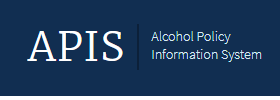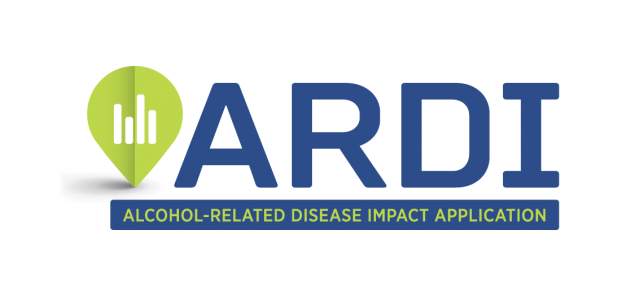Online Tools
To assist professionals in state and local public health departments in estimating the impact of alcohol-attributable deaths (AAD) and years of potential life lost (YPLL)—a measure of premature death—the Centers for Disease Control and Prevention (CDC) developed the Alcohol-Related Disease Impact (ARDI) application. ARDI includes reports for all 50 states with options to view each report by gender and age groups.

Managed by the National Institute on Alcohol Abuse and Alcoholism (NIAAA), the Alcohol Policy Information Systemexternal icon (APIS) provides detailed information on 35 state and federal alcohol policies in the United States.
The Chronic Disease Indicators (CDIs) are a comprehensive set of 124 national and state public health measures that were developed to improve the quality and availability of surveillance data on chronic diseases and health risk behaviors, and support the development of effective prevention strategies. There are 16 alcohol indicators in the CDIs, including measures related to adult and youth alcohol consumption, and evidence-based policies and practices for the prevention of excessive drinking.
Consumer Costs and Job Impacts from State Alcohol Tax Increasesexternal icon
The Community Preventive Services Task Force recommends increasing alcohol taxes based on strong evidence that this can reduce excessive alcohol consumption and related harms. However, questions have been raised about the potential impact of alcohol tax increases on the cost of alcohol to individual drinkers and on state employment. To help answer these questions, the Alcohol Program in the Centers for Disease Control and Prevention (CDC) funded a research collaborative involving the Johns Hopkins Bloomberg School of Public Health, the University of Florida, the University of Illinois at Chicago, and Boston Medical Center. This web tool was developed based on these research findings to model how much extra adult drinkers would pay for alcohol following various hypothetical state alcohol tax increases based on how much they drink, income, and employment status, as well as the effect these hypothetical tax increases would be expected to have on state employment.

